Down on the bayou
Louisiana is not a first choice destination for many people. Probably most famous for the fabulous city of New Orleans and more recently infamous for the damage wrought by Hurricane Katrina, Louisiana has a fairly low profile in the minds of most Americans. We entered the state along the coast of the Gulf of Mexico and our first target was to explore the Louisiana bayou which runs virtually the length of state and separates the gulf waters from higher ground further north.
Wikipedia, the font of all knowledge, describes a bayou “as a body of water typically found in a flat, low-lying area, and can be either an extremely slow-moving stream or river (often with a poorly defined shoreline), or a marshy lake or wetland”. The word is typically used in the American south and nowhere else. And Cajun Country, as the locals call the southern end of the state, is bayou headquarters.
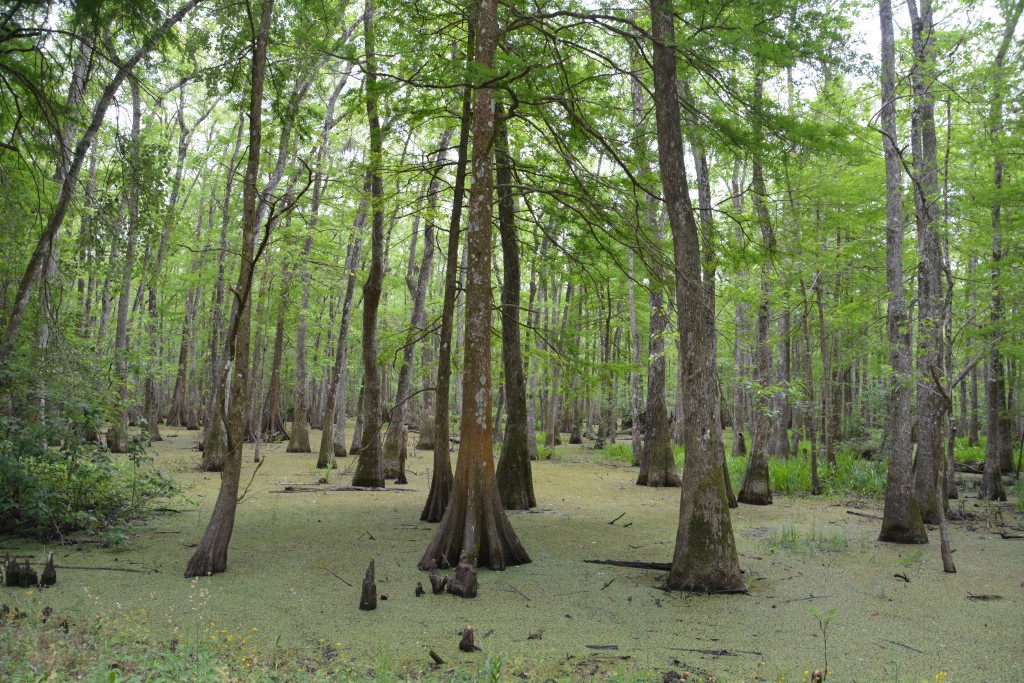
This is deep swampy bayou country – an unappealing green cover hides the water amongst these cypress trees
This area of Louisiana, as well as large parts of Mississippi, Alabama and Florida, were devastated when Hurricane Katrina made landfall near New Orleans in late August 2005. Katrina was one of the worst hurricanes ever seen in the US, breaking levees and causing flooding to most of New Orleans and many other areas, sometimes pushing water 6 to 12 miles inland. Almost 2,000 people lost their lives and over 100 billion dollars of damage was done by this super storm. And the bayou was particularly vulnerable.
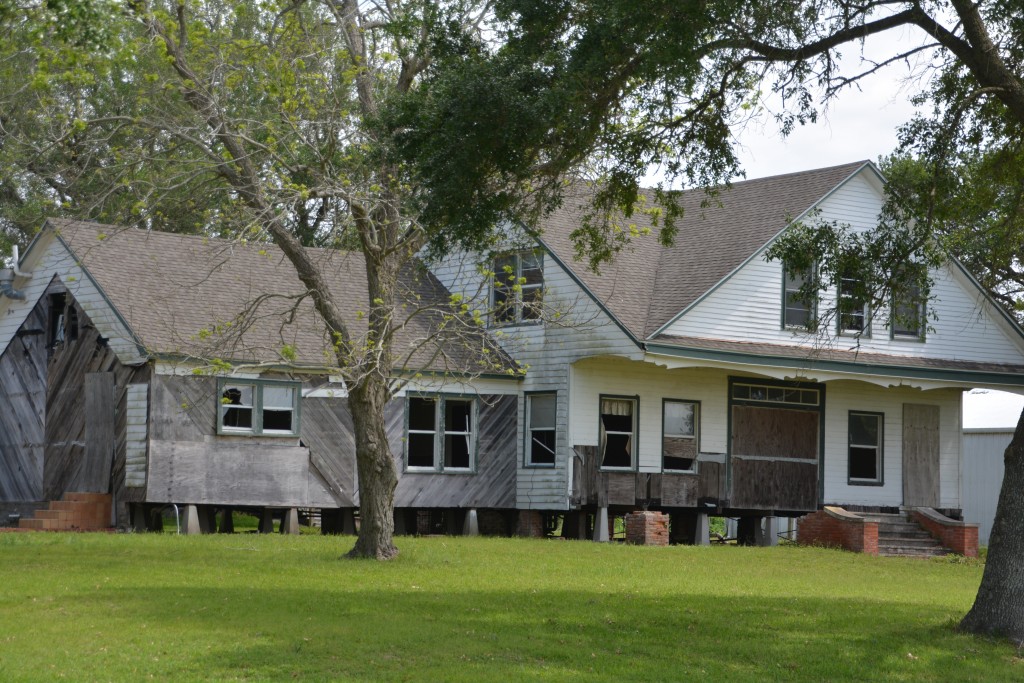
A boarded up old house on the bayou, probably beautiful in its day, damaged by Katrina but still standing
To pile it on, in 2010 BP had their massive oil spill off the Gulf coast and these waters were polluted with thick raw oil. While we saw no evidence of its damage or aftermath we can only imagine how these sensitive waters must have been affected.
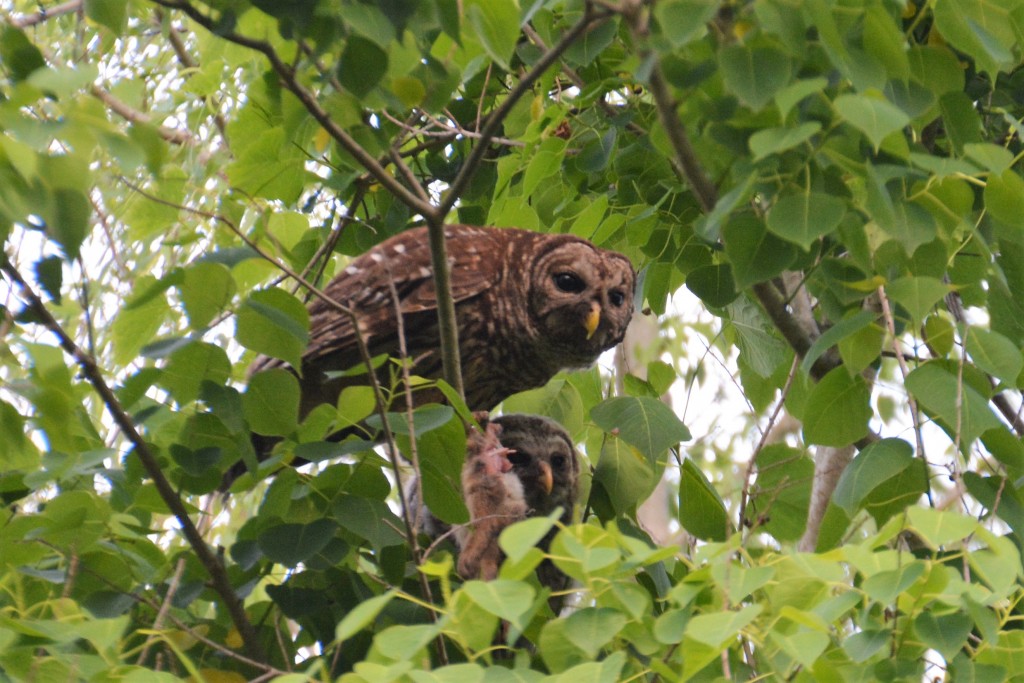
One night in Louisiana we camped near this Barred Owl who was feeding her young with the spoils of a rabbit
As we drove along this grassy and watery flat land we passed many small communities which seemed to be a bit disjointed. Foundations of former buildings would be set amongst trees while over to the side a family might live in an RV or mobile home of some sort. In other places we would see new homes sitting proudly on their stilts or on a low artificial hill, having been rebuilt since the hurricane. And on other occasions we would see homes that were severely damaged by the storm but not knocked down or rebuilt.
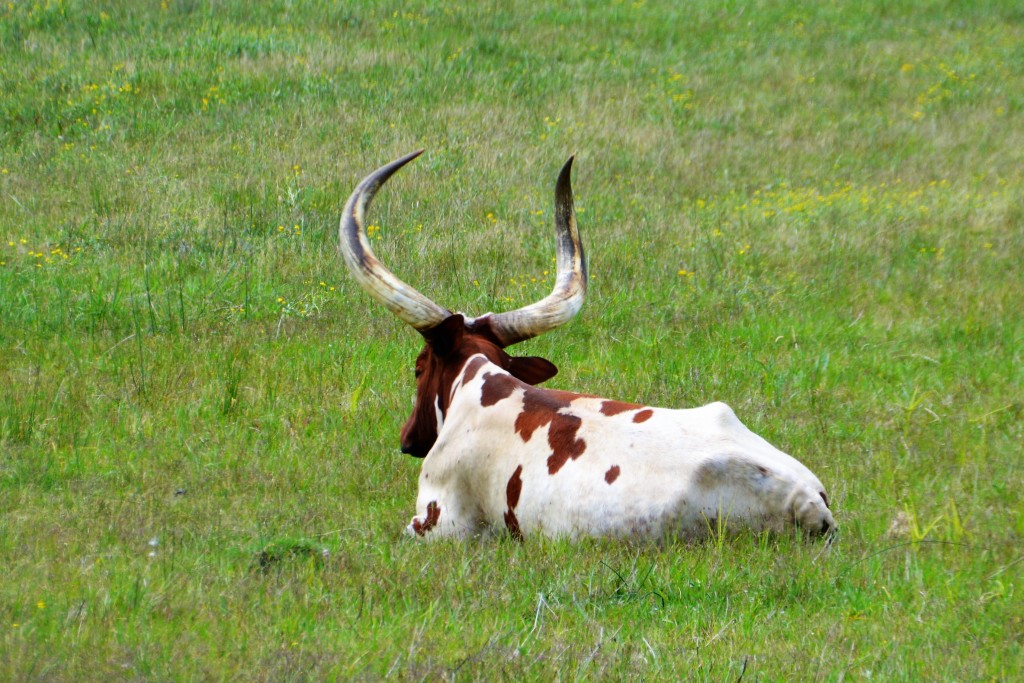
An unexpected site on the bayou – long horn cattle grazing – or resting – in dry paddocks on higher ground
This long drive through the bayou also showed us many uses of the land. There were dry paddocks with cattle, vast open spaces of shallow water with crab pots clearly placed in rows and recreational fishermen lining most river banks along the road or strategically positioned every time the road passed over water. There were very few businesses or commercial activity in this area, mostly just people getting along in their simple lives in this beautiful place.
And as we found throughout our time in Louisiana, the overwhelming pastime is fishing. Everyone fishes from every possible vantage point and at one stage we were told by a local Louisiana has the best fishing in the world. From what we could see along every road we travelled the state’s motto should be ‘Pull your truck over and fish’.
If you follow the Louisiana coastline in an easterly direction you run through many small fishing communities until eventually you come to the barrier islands, a string of islands reaching out into the Gulf of Mexico. And many of these islands are linked by bridges – so many bridges – so that an inquisitive traveller can follow the trail until the road ends at the last island. And that’s exactly what we did, reaching the community of Grand Isle on the last island in the chain after crossing some dramatic bridges that float above the swampy water below, one of which lasted for over eight miles.
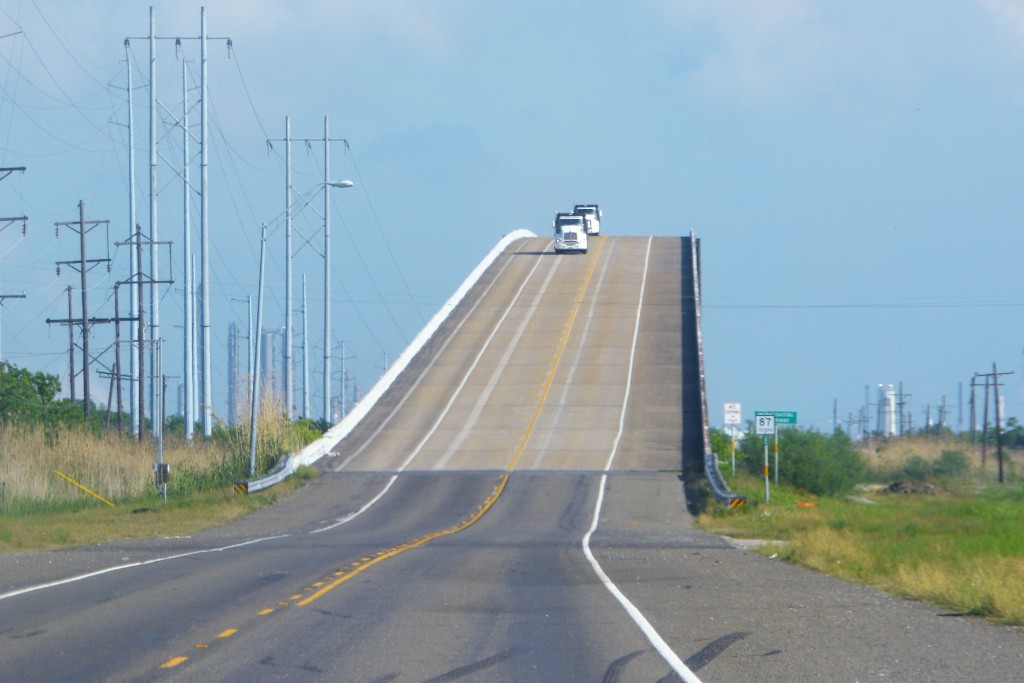
So many bridges – many have huges rises in them to allow larger cargo ships to pass through the Intercoastal Waterways
Grand Isle is the beachside holiday retreat for people in New Orleans who want an escape from the big smoke (or, in this case, the Big Easy). It has many rentable holiday homes or apartments (which they call camps), most of them on stilts and brightly coloured. The beach was similar to what we had seen the day before, small waves, slightly muddy sand, very usable for families but not enticingly swimmable.
After a forgettable night camping in the gravel of a local RV park we explored the local state park which provided great facilities for fishermen and families and highlighted the colourful history of Jean Lafitte, the French privateer, some might call pirate, who controlled trade along these Barrier Islands after Napoleon sold Louisiana and most of the Mississippi River catchment to the US government in 1803. Today Lafitte is a local hero and he quickly became our favourite French buccaneer.
But when you are in Louisiana all roads lead to New Orleans. On our way back up the coast we stopped at a roadside food stall to sample one of Louisiana’s local ‘delicacies’ – a Po Boy. We had earlier tasted a Moon Pie (well, more than one) but the Po Boy nearly knocked us over in quantity, if not in quality.
New Orleans on Saturday night, especially Easter Saturday night, means only one thing – famous Bourbon St in the heart of the French Quarter. We gave Tramp the night off and caught a public bus – a good local experience – to the French Quarter and enjoyed a fabulous night on the town. Louisiana is famous for its music and its food and we combined both of these treats with the raucous, raunchy and slightly debauched scenes on Bourbon St.
We started slow with jazz music in a peaceful courtyard, moved on to drinks on one of the wrought iron bannisters where we could take in all the local happenings from a safe distance, then onto a rowdy bar featuring Louisiana’s zydeco music (complete with lead washboard player and singer) then on to dinner where we tasted gumbo, zambalaya, boudin, deep fried alligator balls and some other local stuff we couldn’t recognise. We had a whale of a time, enjoyed all the famous characteristics of this great city, saw people in amazing costumes doing amazing things, completely broke the budget and loved it.
A glutton for punishment, we caught the public bus with all the locals again the next day, Easter Sunday, visited beautiful St. Louis Cathedral with the who’s who of New Orleans dressed to the nines in pastel sear sucker suits, long frilly dresses and huge decorated sun hats, and wandered the back streets of the French Quarter. We had a well-deserved chocolate croissant and coffee at the famous Croissant d’Or and took in all the famous buildings.
In between all this we watched – count them – three different Easter parades, including the gay/lesbian parade in the late afternoon, and caught glittery cheap necklaces that were thrown from the floats. We finished with more drinks and food on Bourbon Street, partaking in some major people-watching activities and loving every moment. We didn’t plan Easter in New Orleans but we were absolute geniuses to have pulled it off.
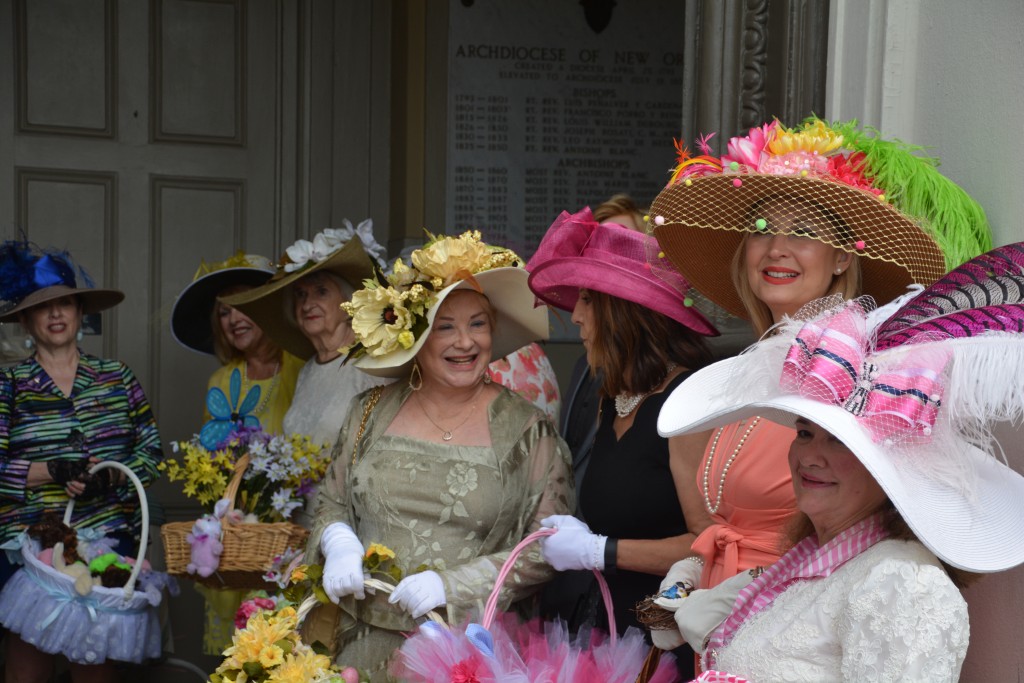
Large colourful hats and pastel sear sucker suits are still in vogue on Easter morning in the French Quarter
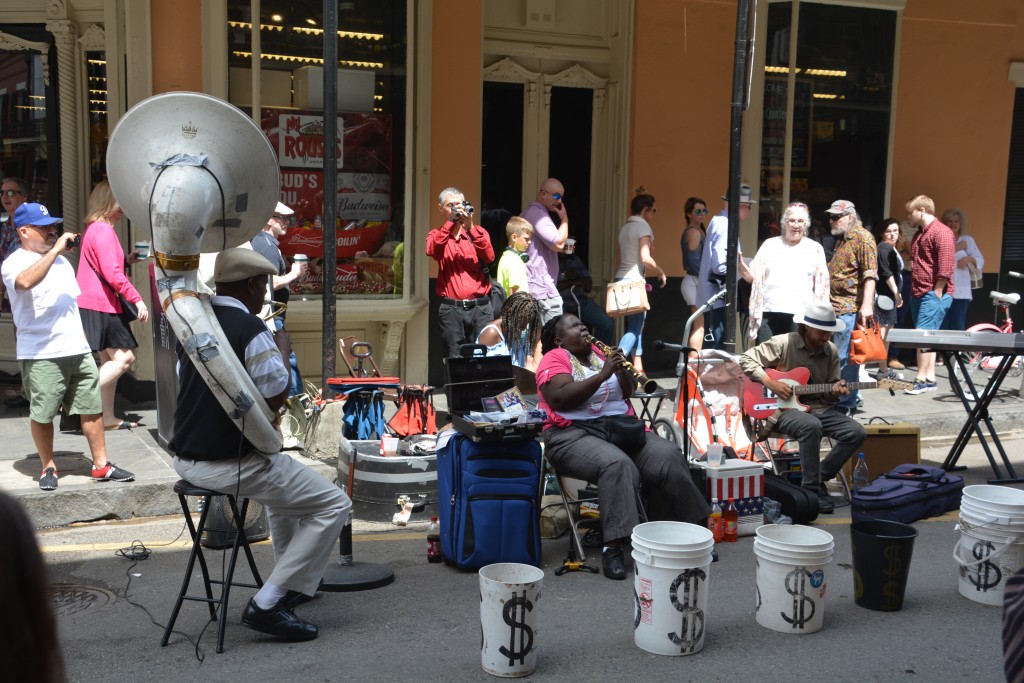
Impromptu jazz bands set up on street corners and in the streets of the French Quarter – just like on TV
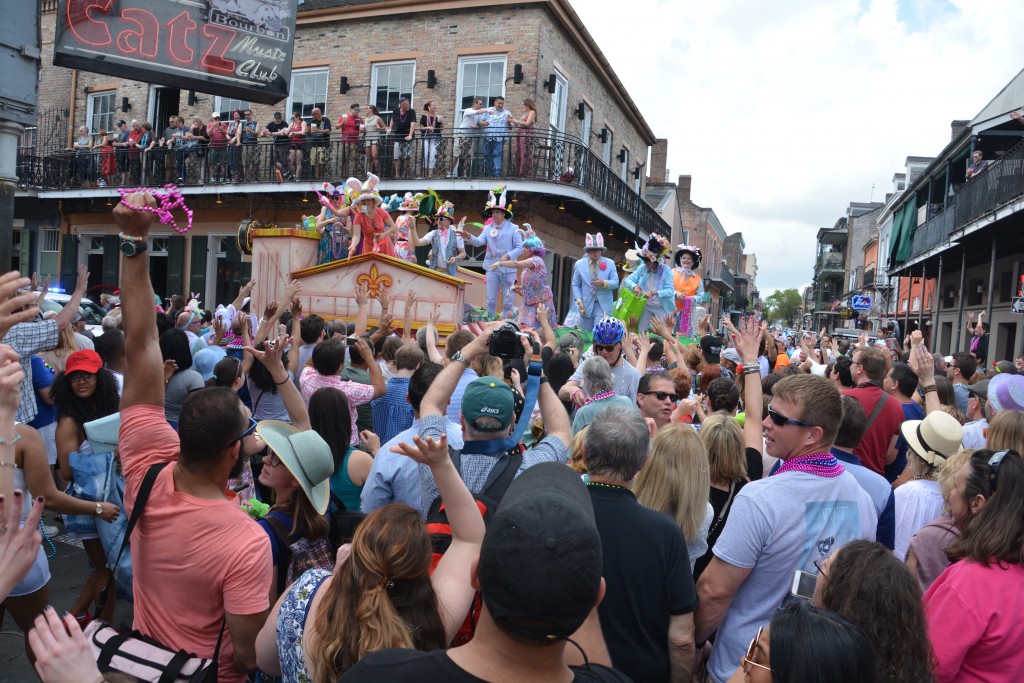
We saw three parades on Easter Sunday with the local tradition of throwing strings of plastic beads out to the crowd
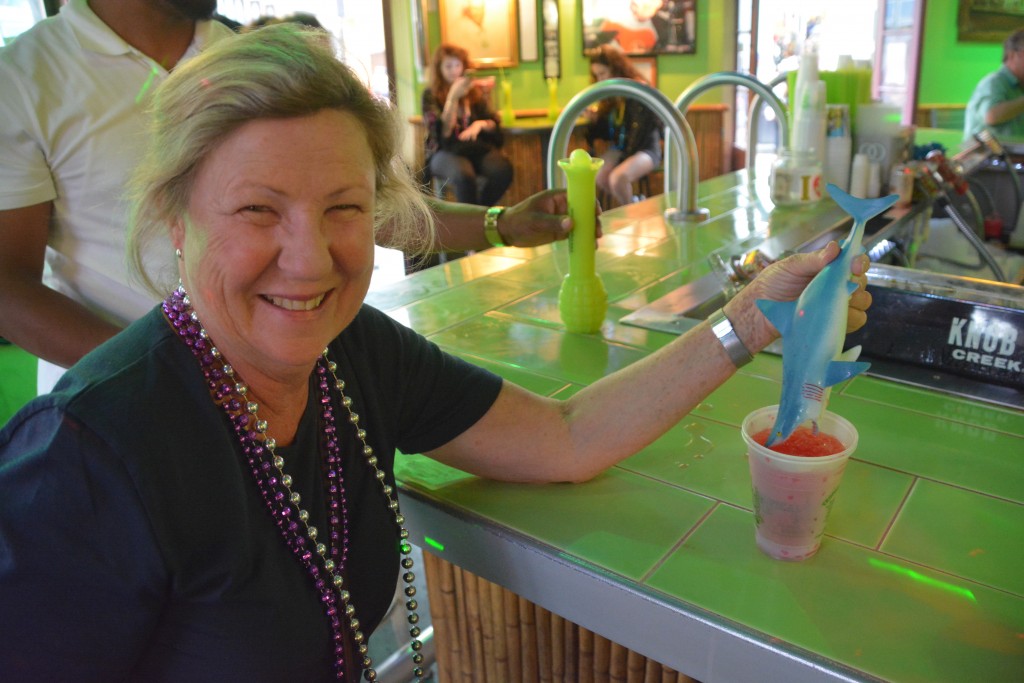
By late afternoon on day two of Bourbon Street Julie was still wearing her plastic beads and now drinking fun gimmicky drinks like this Shark Attack
Wanting to dive back into the swampy bayou, so to speak, just outside of New Orleans we did an excellent swamp tour in flat bottom tin boats and were taken back into some narrow little side channels off the Pearl River. We floated amongst the huge swamp cypresses and tupelo trees with their branches draped with Spanish Moss and saw many alligators, a large family of pigs, raccoons, a couple diamondback water snakes and many different birds, including the uber-impressive Great Blue Heron. Highly recommended.
We also drove south along the huge levee that holds in the Mississippi River and caught a small local ferry over to the other side. The Mississippi, one of the largest and most famous rivers in the world, was at high spring levels and was an impressive beast, moving rapidly down to its nearby mouth, huge tankers and cargo ships plying its waters in each direction. That will be the last time we cross this important American artery and we did in style.
We also visited the Chalmette historical battlefield where in January 1815 the American general Andrew Jackson managed to defeat a larger and better equipped British army which stopped their pursuit of taking over New Orleans and the broader Louisiana Purchase. This win by Jackson and his collection of soldiers, local patriots, native Americans and an assortment of other interested parties was the decisive battle that ended the War of 1812. It solidified America as a country to be reckoned with and paved the way for Jackson to serve two terms as the 7th American President.
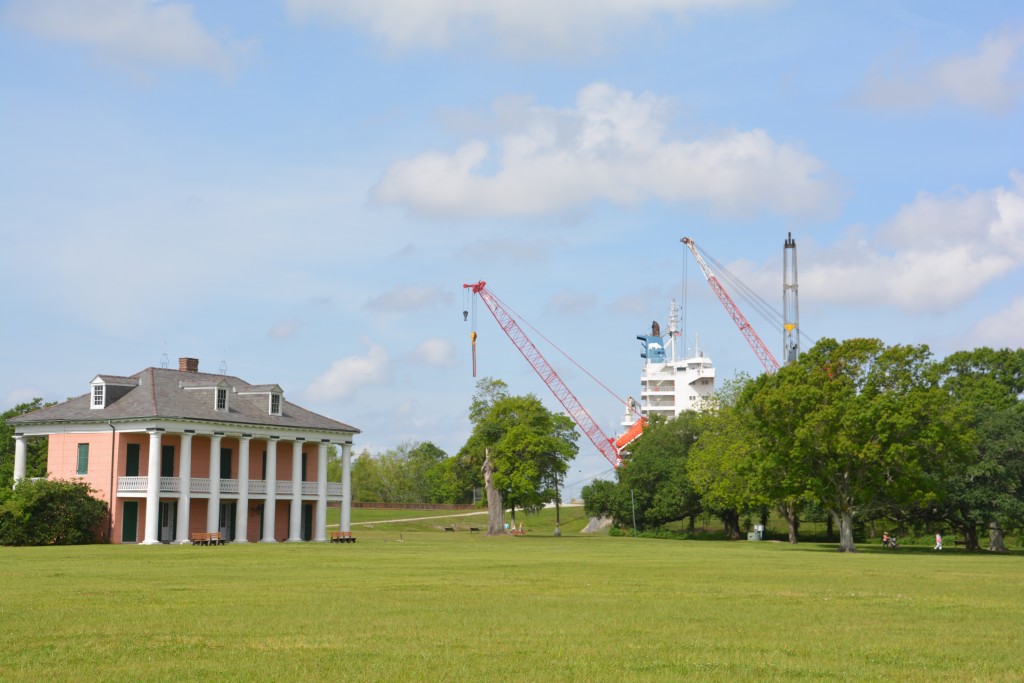
Not an illusion – a giant cargo ship behind the levy on the Mississippi dwarfs a historic homestead on the site of the famous Chalmette battlefield
Eventually we moved further east into new adventures but we really enjoyed our time in Louisiana. We hated their bugs, loved their bridges, scoffed at their beaches, marvelled at their bayou, amazed at their pathological need to fish at all times, enjoyed their French flavour and adjusted to their weather. Louisiana has definitely been a surprise packet for us with its history, its culture, the food and music and of course the French Quarter. On ya, Louisiana!
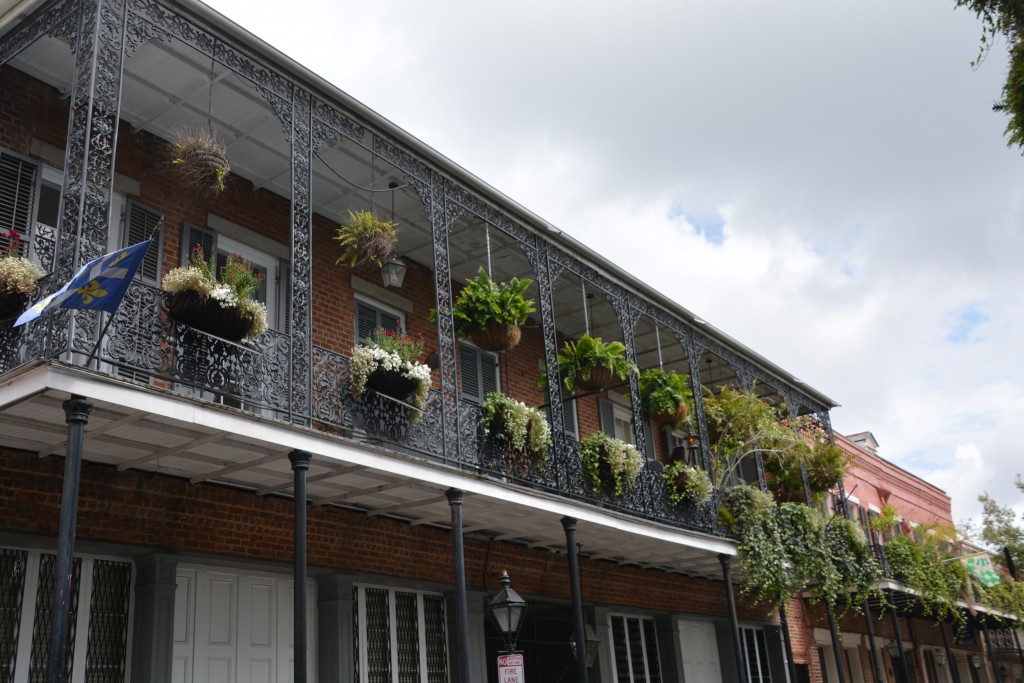
One last photo – a more sedate look at some of the beautiful iron lattice work and potted flowers in the French Quarter
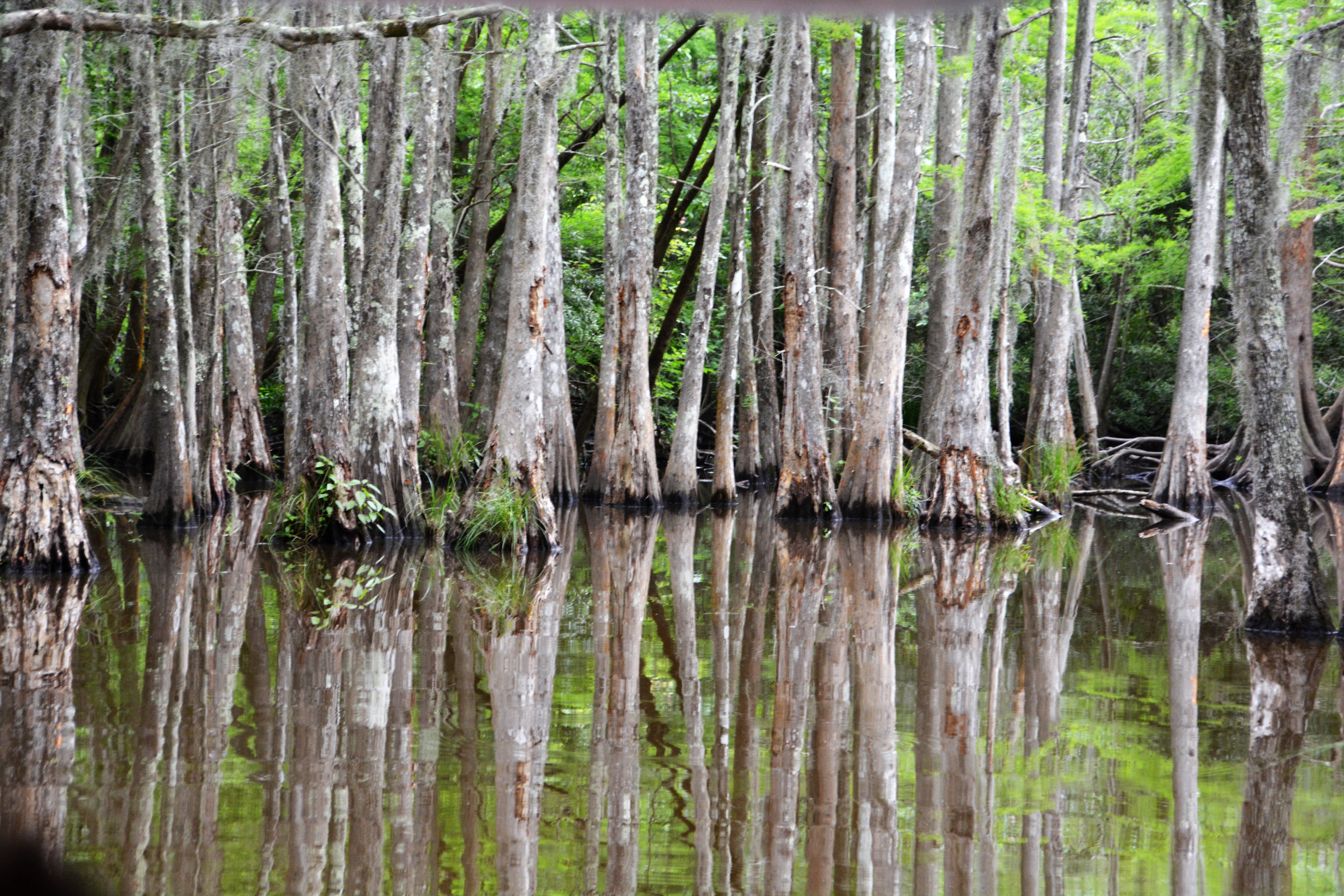
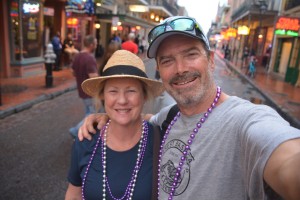
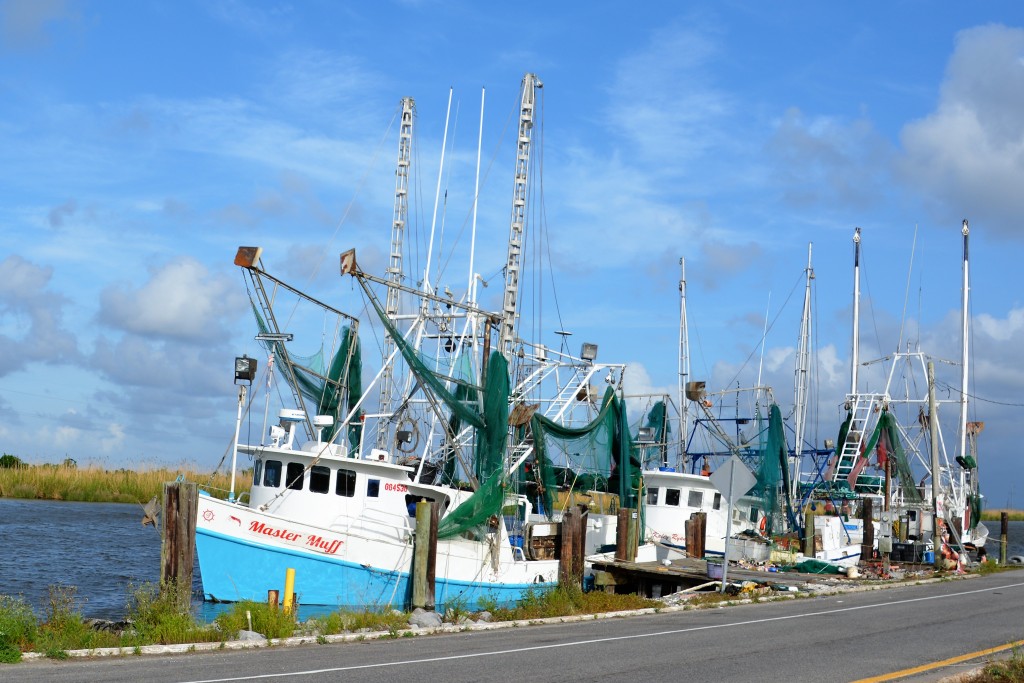
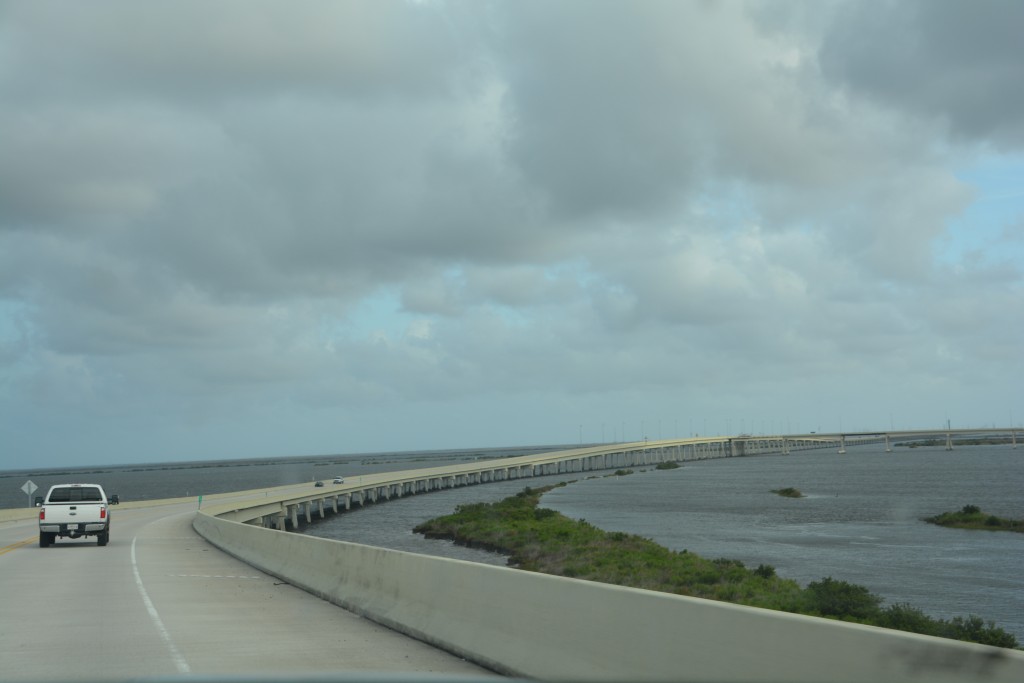

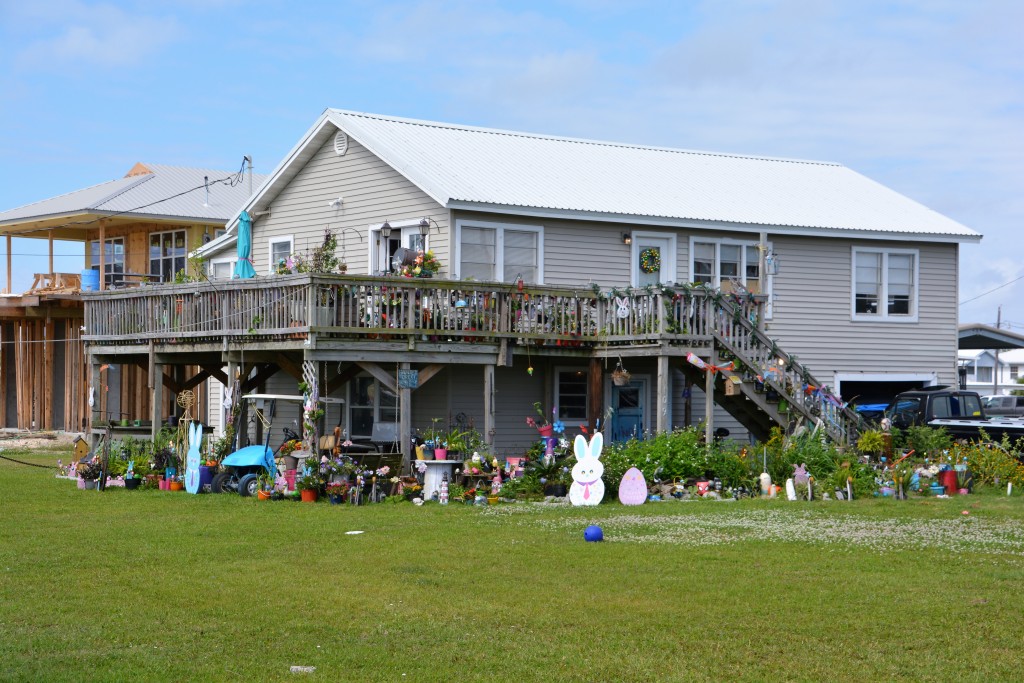
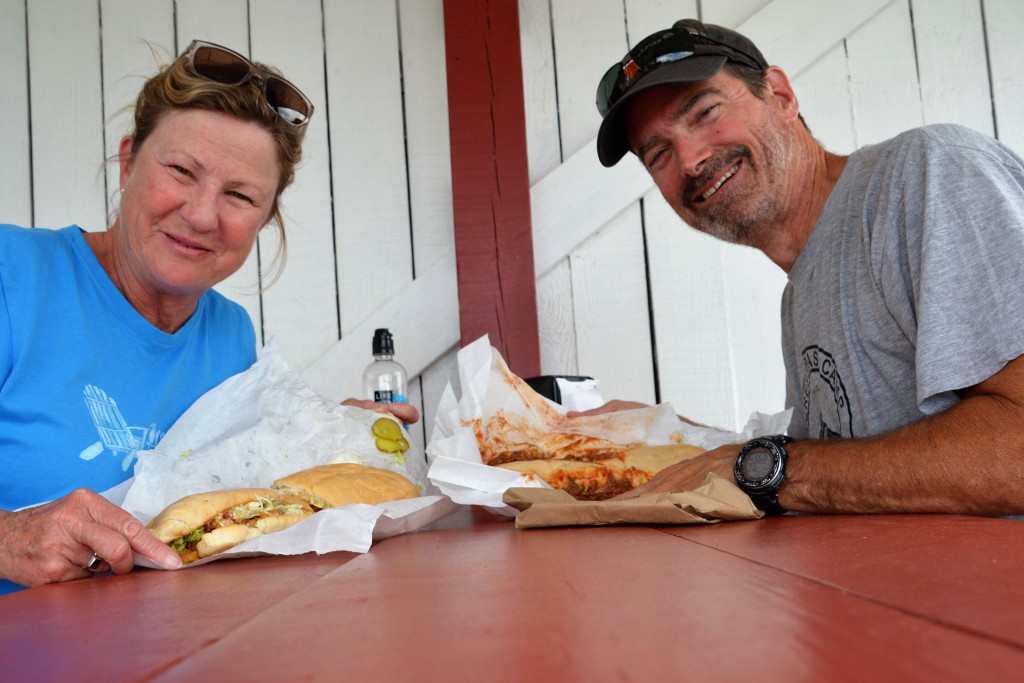
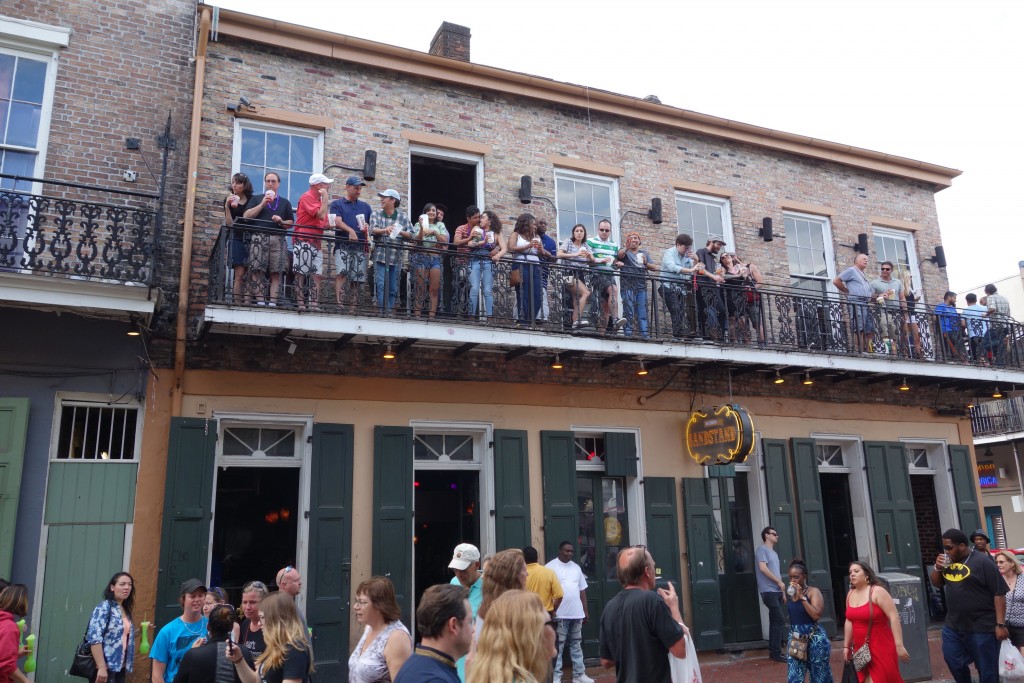
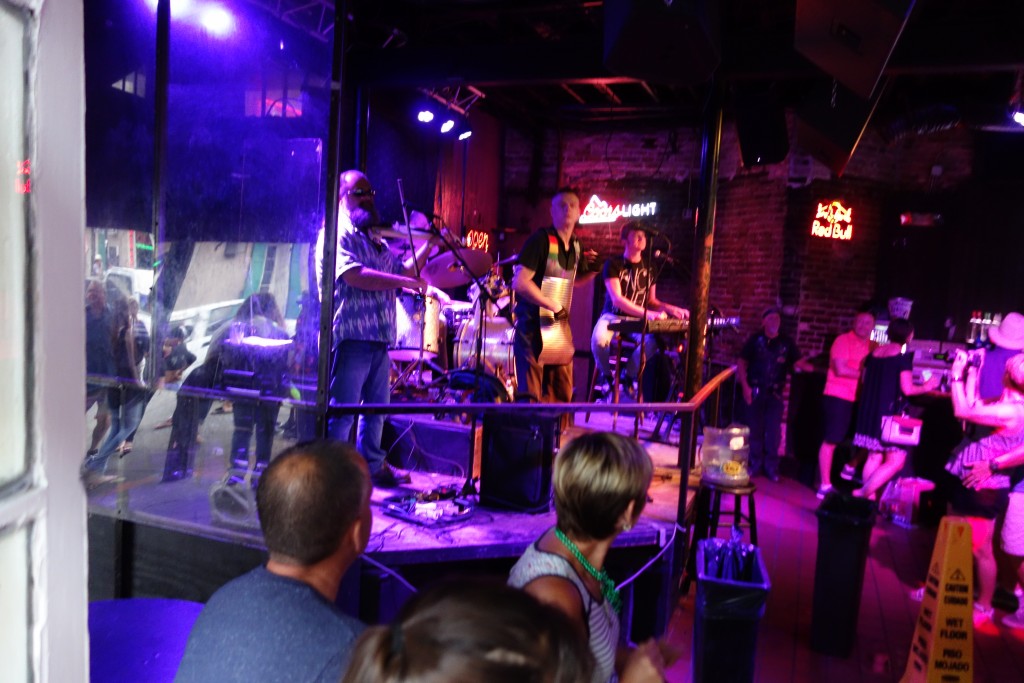
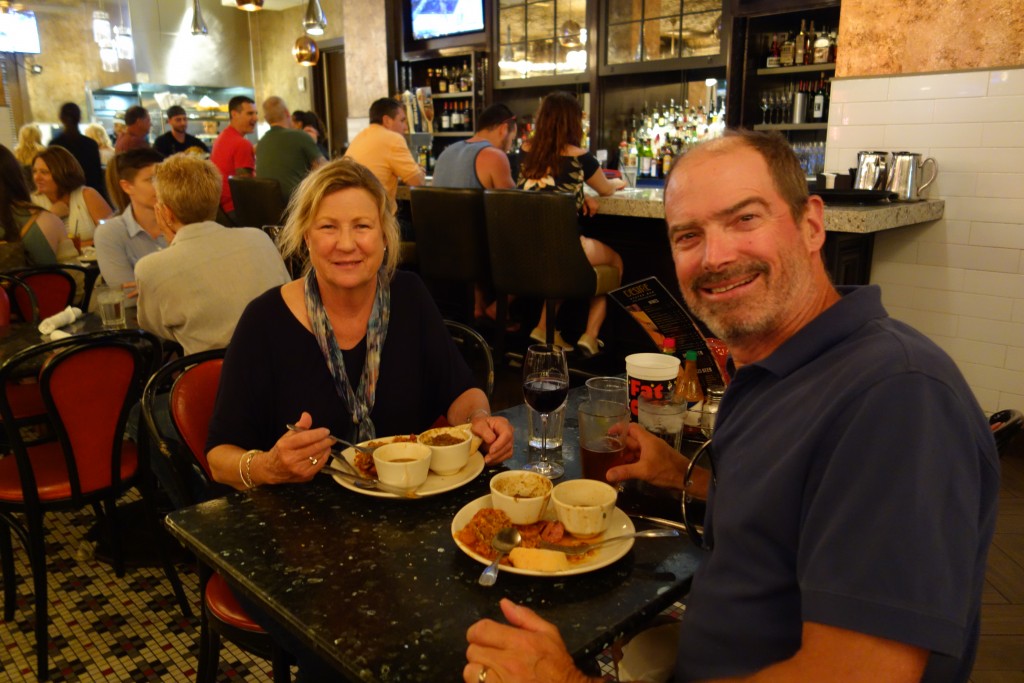
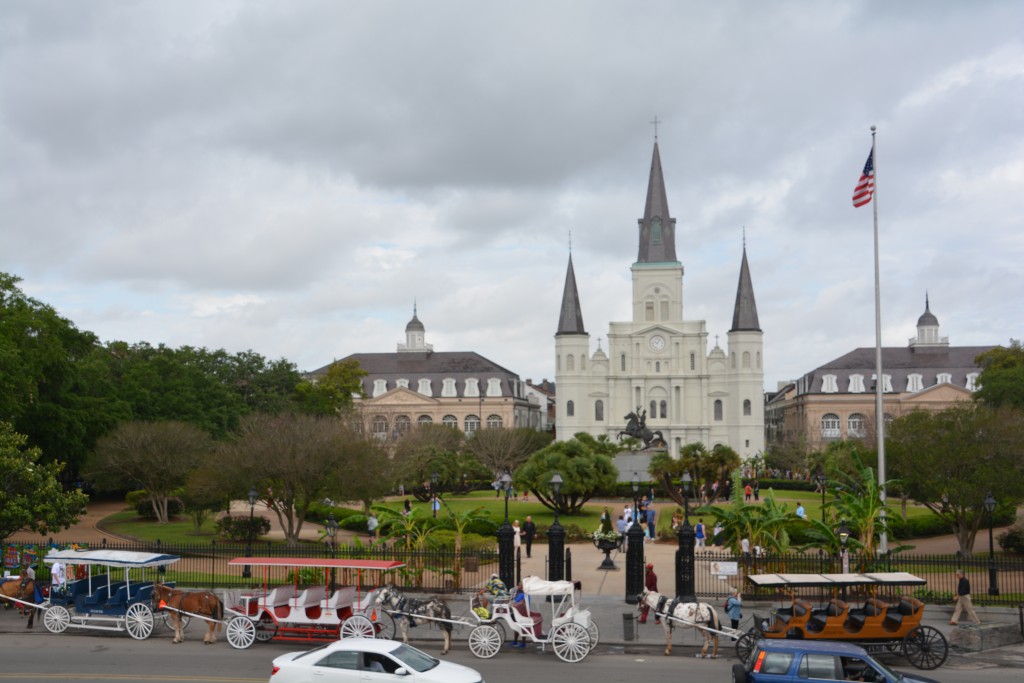
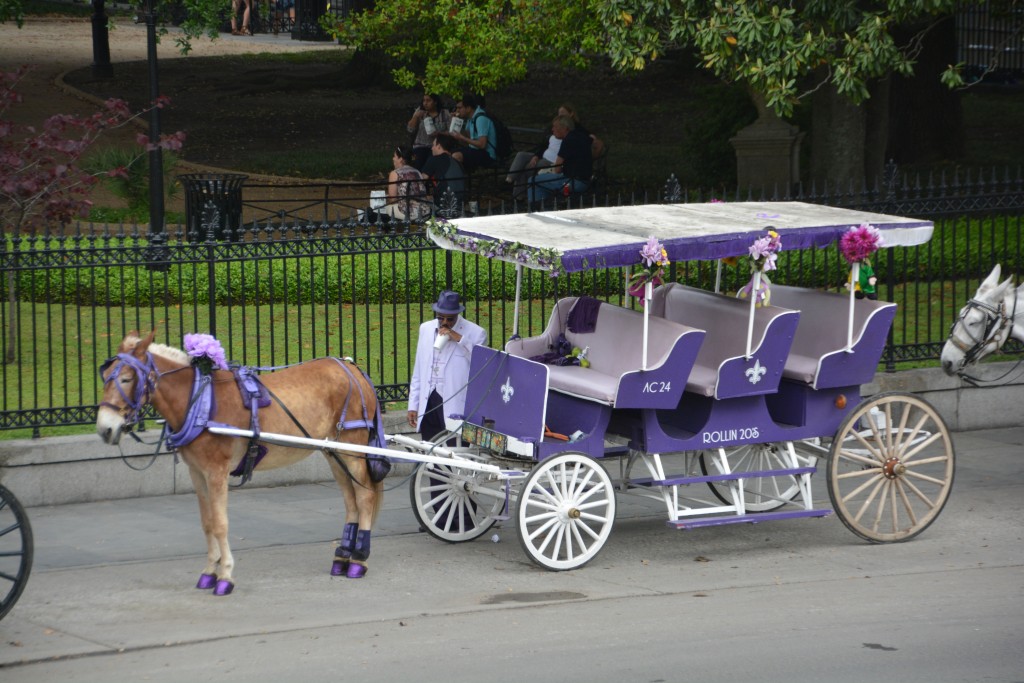
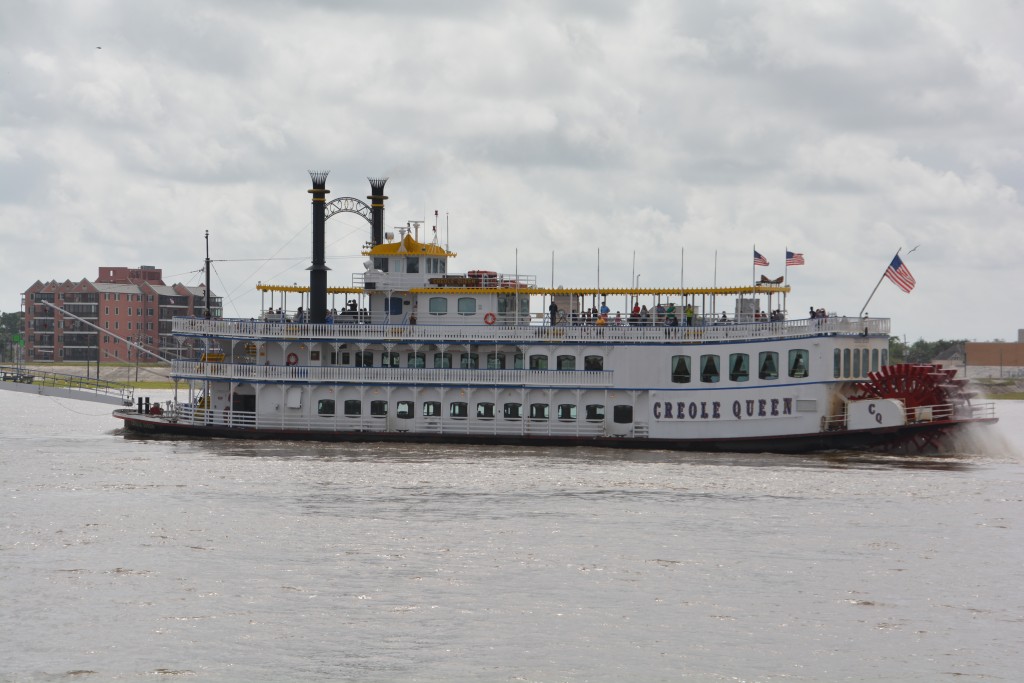
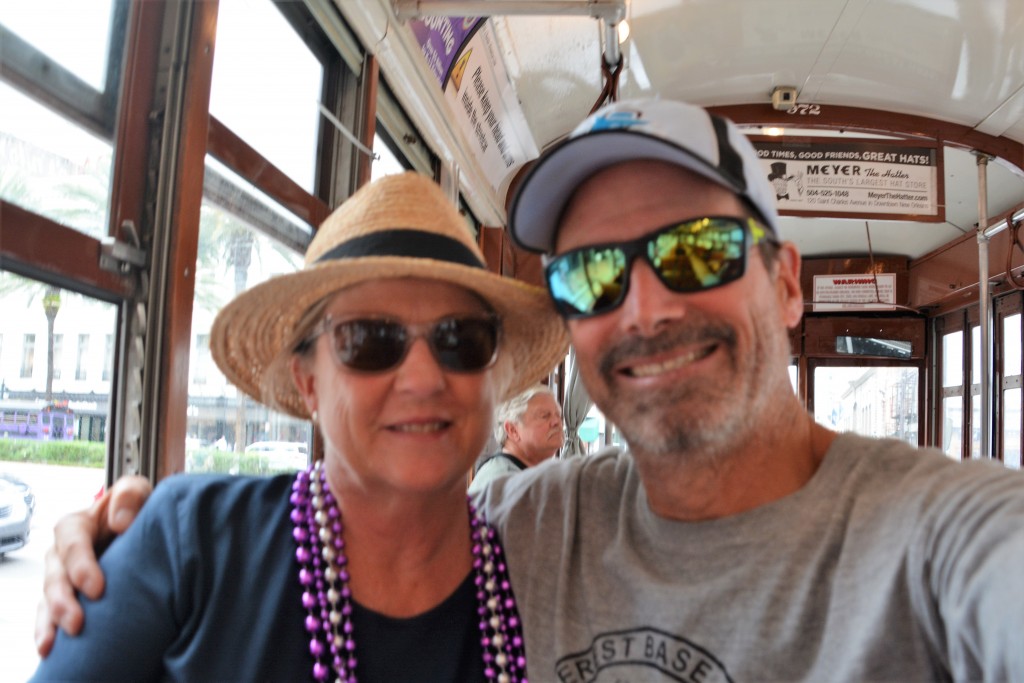
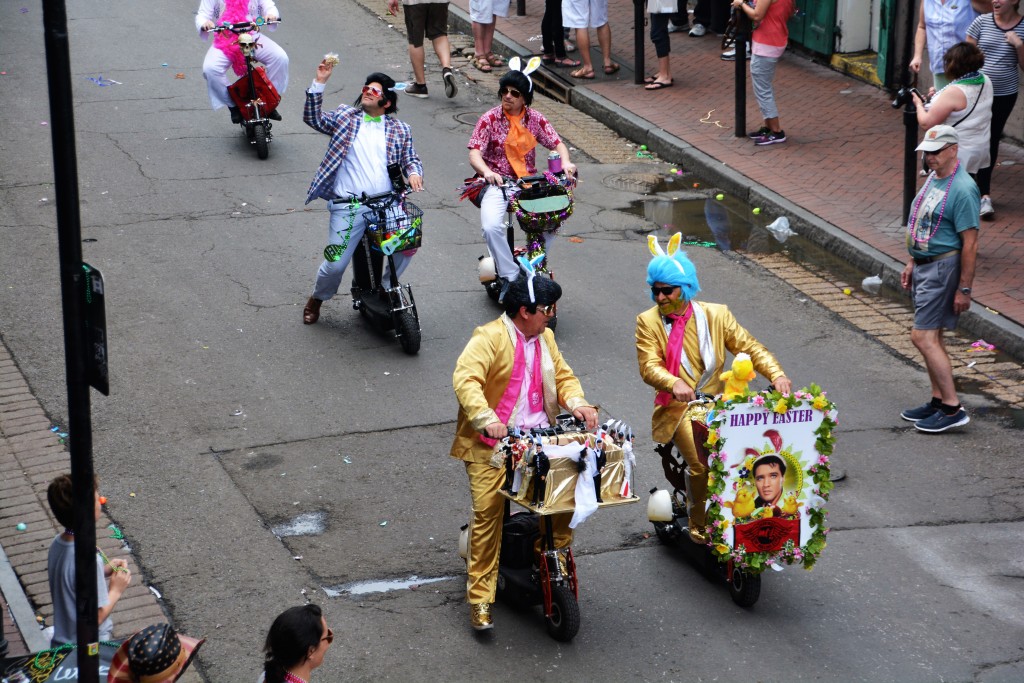
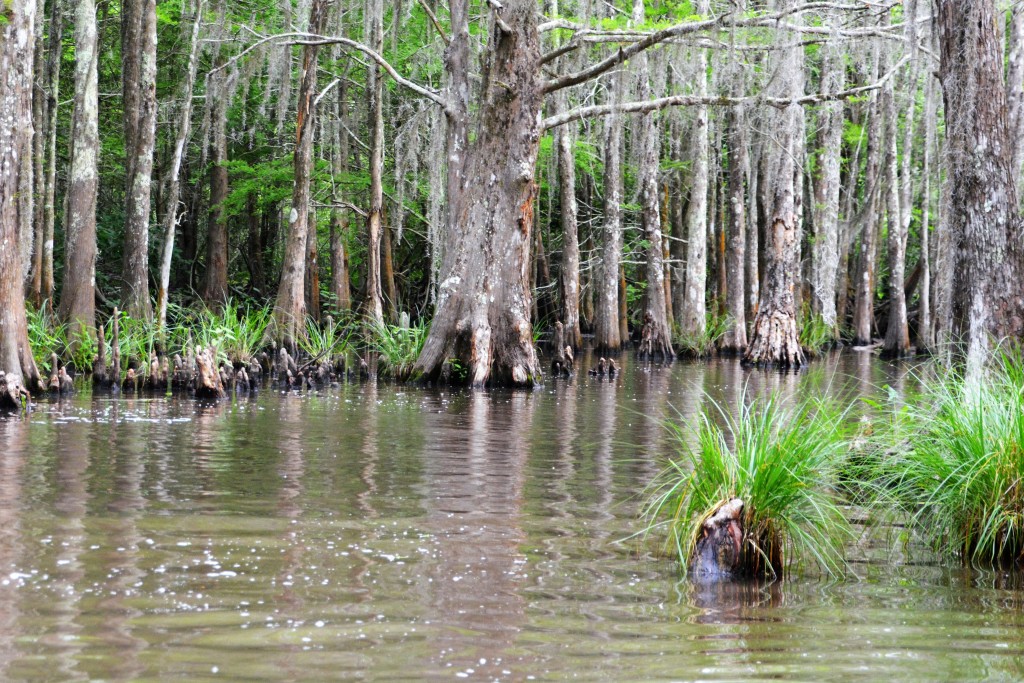
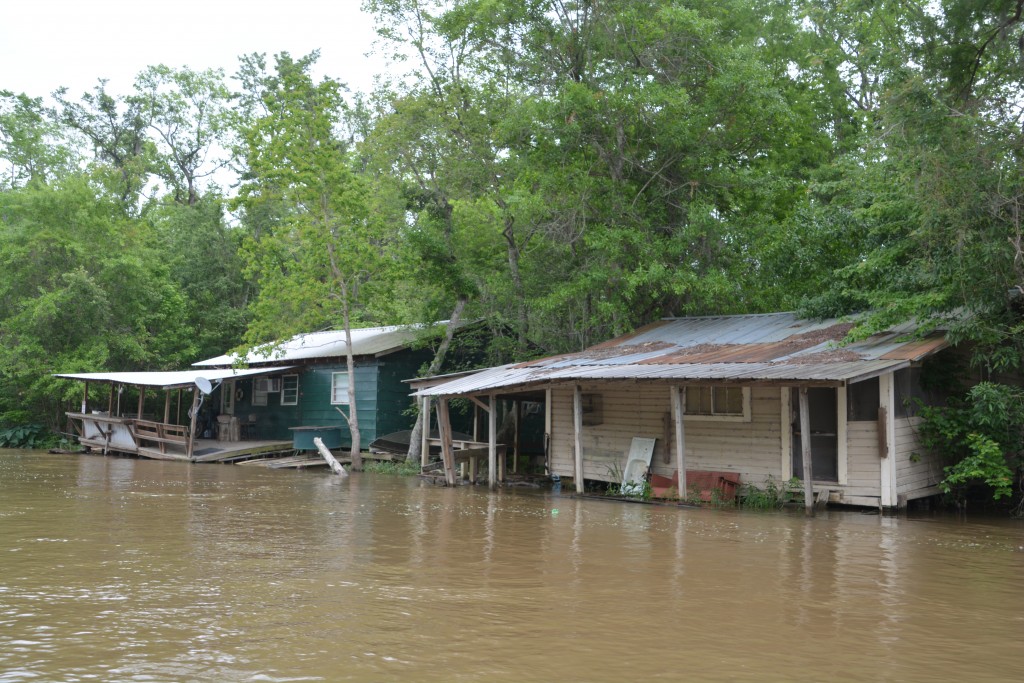
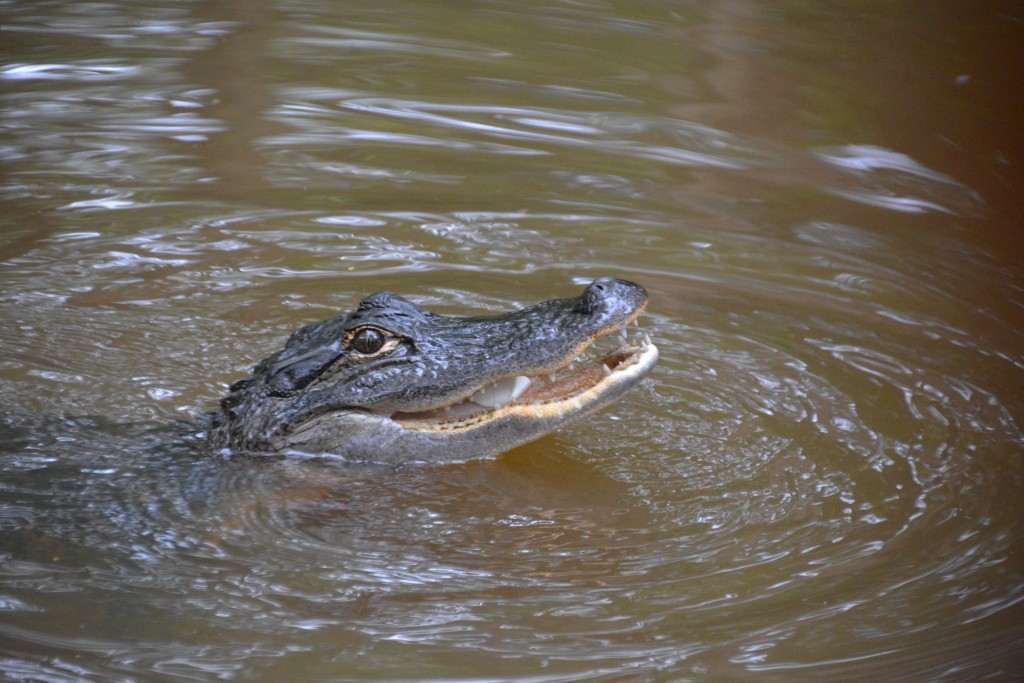
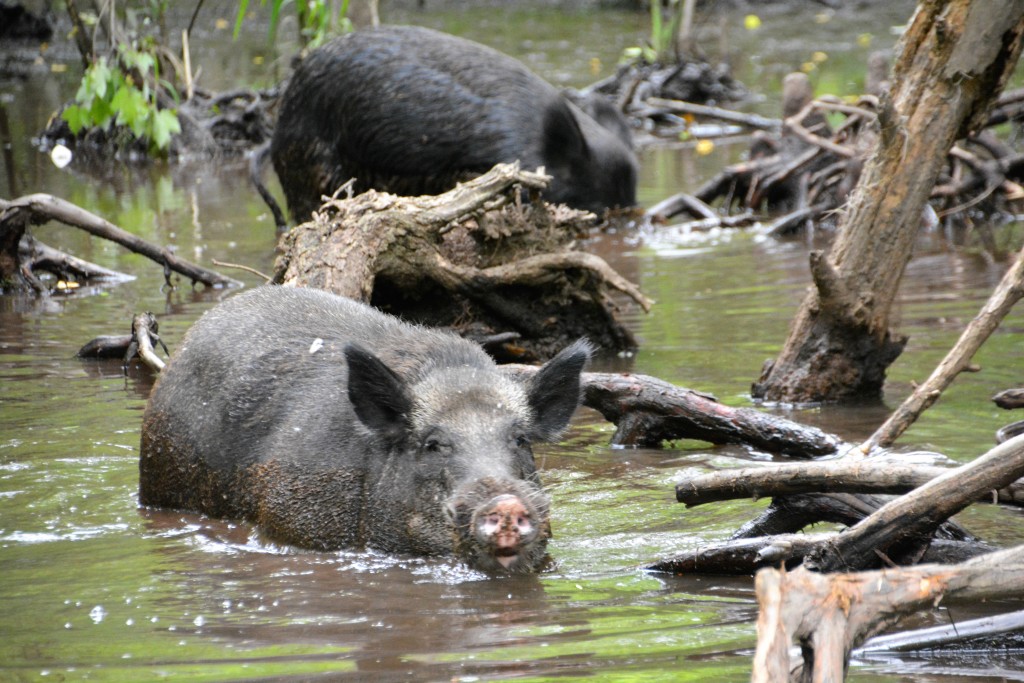
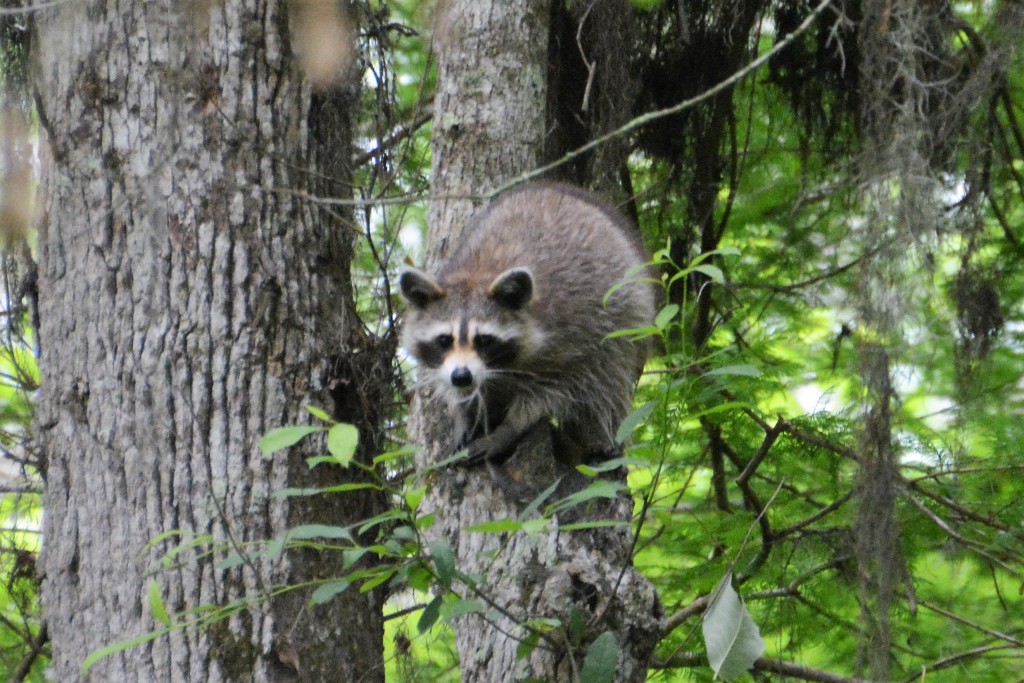
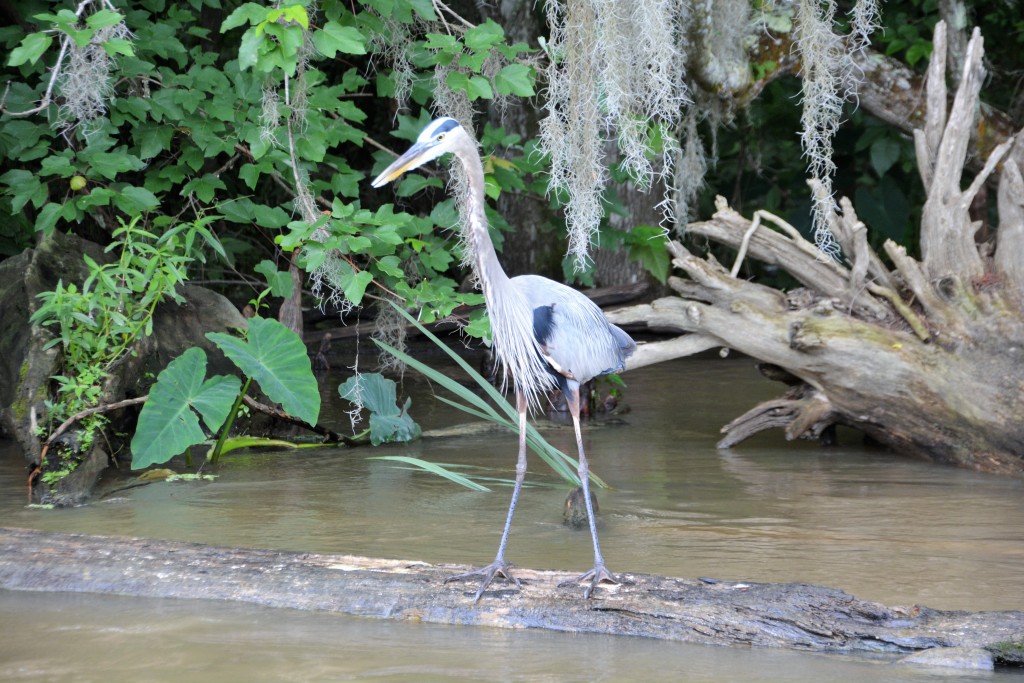
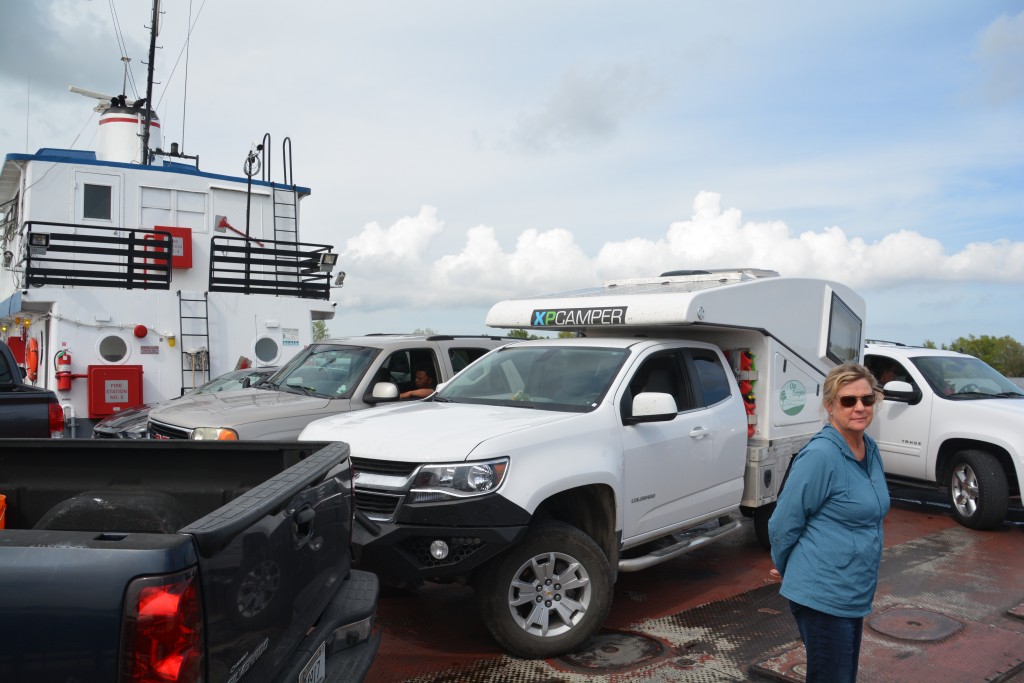
Truly amazing